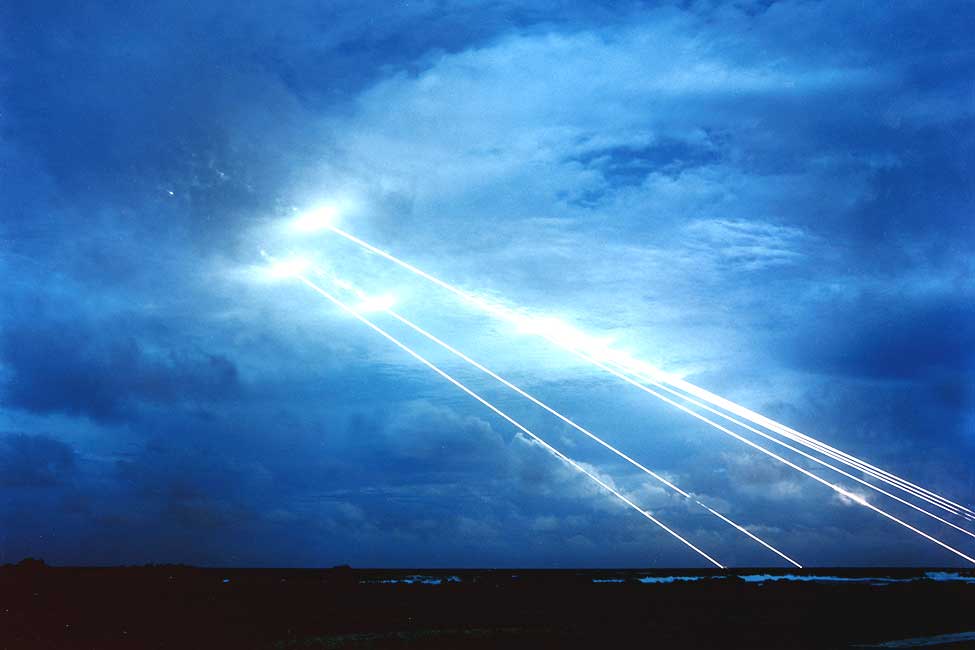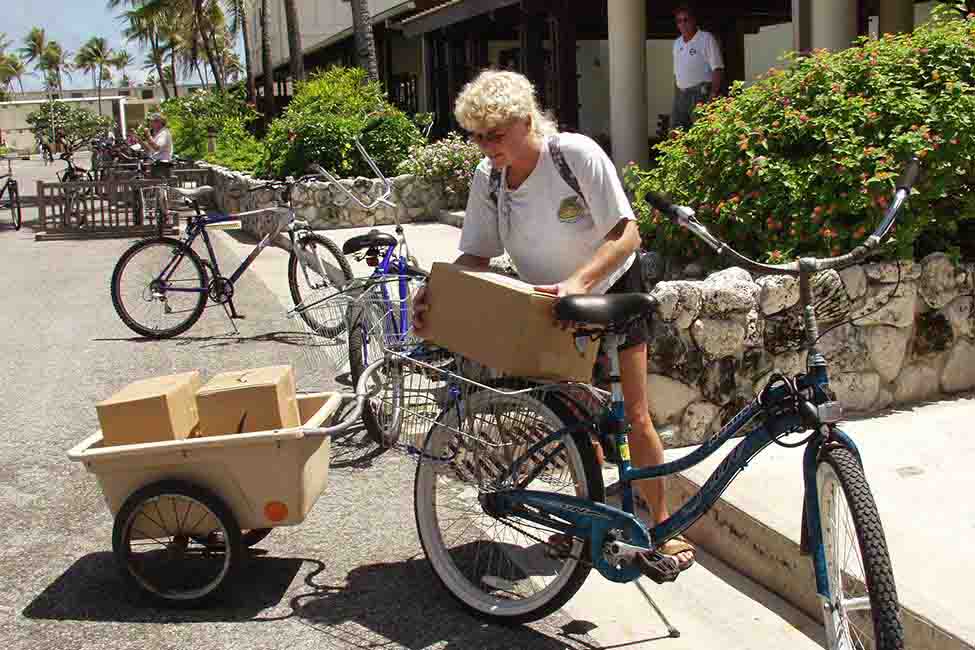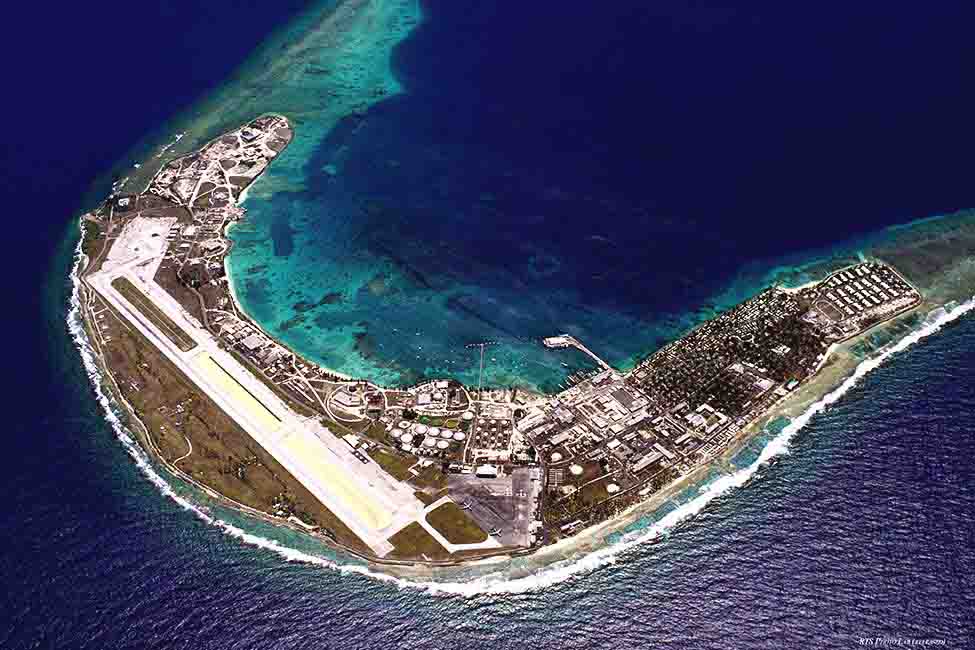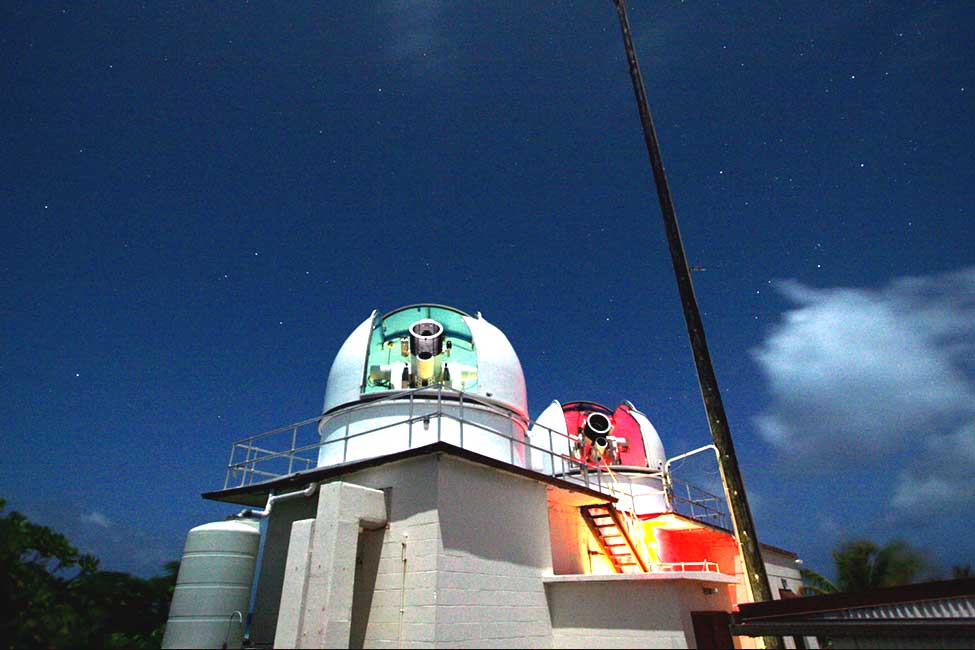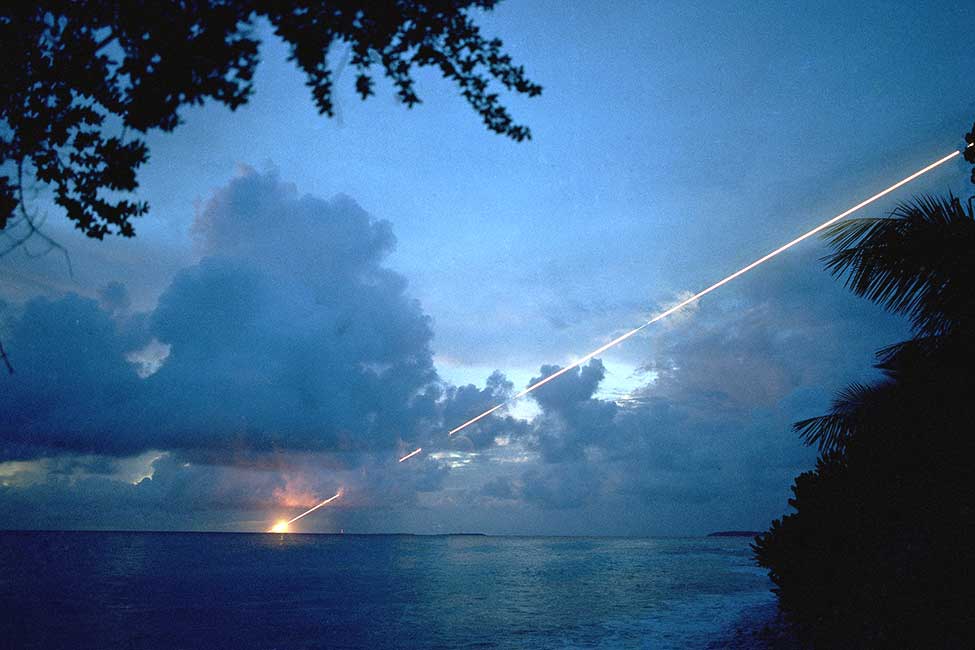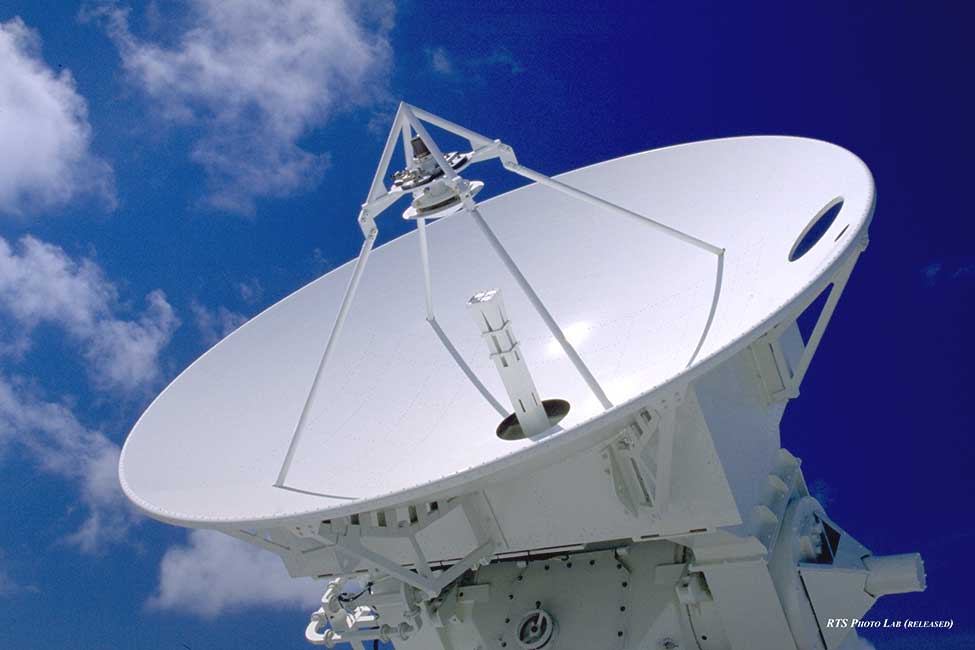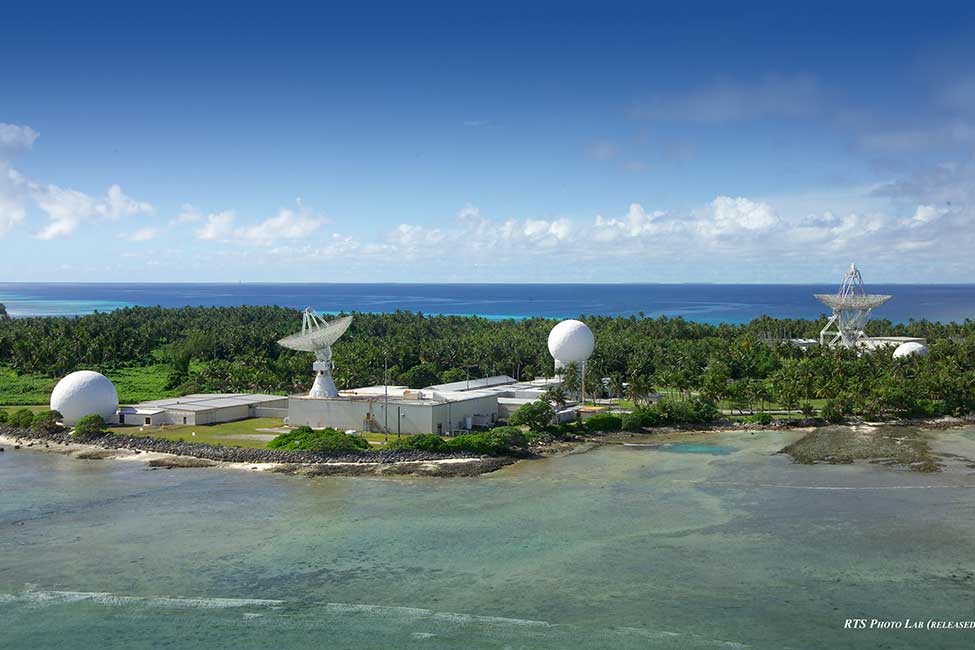The Ronald Reagan Ballistic Missile Test Site on Kwajalein Atoll in the Pacific Ocean puts the United States on the cutting edge of missile and missile-interceptor development, space surveillance, and satellite tracking.
From 2002 to 2018, Kwajalein Range Services (KRS), a partnership of Bechtel National and Lockheed Martin, provided integrated range engineering and logistics services to manage and operate this crucial test site for the U.S. Army Space and Missile Defense Command. KRS provided technical services for the missile testing and space surveillance missions as well as complete logistics and infrastructure solutions to support the test-site community.
More than 1,600 Kwajalein Range Services employees worked at 11 sites across 7,000 miles (more than 11,000 kilometers) and seven time zones.
Managing a missile test range crucial to U.S. defense
Image Gallery
Keeping the range on the cutting edge
The Reagan Test Site includes some of the world's most sophisticated instrumentation for performing vital space surveillance operations and satellite tracking. This instrumentation is located on eight islands throughout Kwajalein Atoll. KRS operated, maintained, and modernized the range instrumentation systems including radars, telemetry, optics, communications and information services, mission control, and safety systems.
Improving today's war fighter
Kwajalein Range Services helped the U.S. Missile Defense Agency conduct the largest, most complex missile defense flight test ever attempted at the time: Flight Test Integrated-01 and Flight Test Operations-01.
For the integrated flight test, Kwajalein Range Services completed 44 infrastructure projects―on schedule and under budget―on four remote islands.
The successful integrated test resulted in simultaneous engagement of five ballistic-missile and cruise-missile targets, as well as a follow-on campaign to intercept two medium-range ballistic-missile targets. It put command, control, battle management, and communications systems through their paces in a live-fire environment. And, ultimately the test led to improving the capabilities of today's war fighter.
This high-priority mission was vital to U.S. national defense and was expected to take two years for site preparation, but the Bechtel-led team completed all projects in nine months.
Mission team awarded highest honor
The U.S. Missile Defense Agency Directorate for Test awarded its highest honor to the Flight Test Integrated-01 infrastructure development team for its "enduring support and commitment to Missile Defense Agency goals, principles, and critical mission."
Providing the comforts of home
There were 2,500 permanent residents of Kwajalein during our time on the project, including 1,200 employees of Bechtel and Lockheed Martin’s Kwajalein Range Services and more than 800 dependents. The community at Kwajalein comprised a mixture of U.S. civilians, Department of Defense and Army personnel, and Marshallese citizens. KRS provided residents of the island a wide range of infrastructure and services, including:
- housing
- dining
- operation of public utilities
- medical and dental care
- air, sea, and land transportation
- firefighting
- recreational activities
- youth and education services
- retail
- religious services
- newspaper, radio, and TV access
About the Kwajalein Atoll islands
The United States captured Japanese-held Kwajalein in early 1944. The Kwajalein Atoll islands of Roi and Namur, where KRS operated radars, played a key strategic role in the invasion, code-named Operation Flintlock.
Before they lost Kwajalein, Japanese forces held a number of prisioners there—the most famous being Louie Zamperini, after whom the main dining hall is named. The Allies nicknamed the atoll "Execution Island." The best-selling book Unbroken chronicled his life as did the 2014 movie directed by Angelina Jolie.


